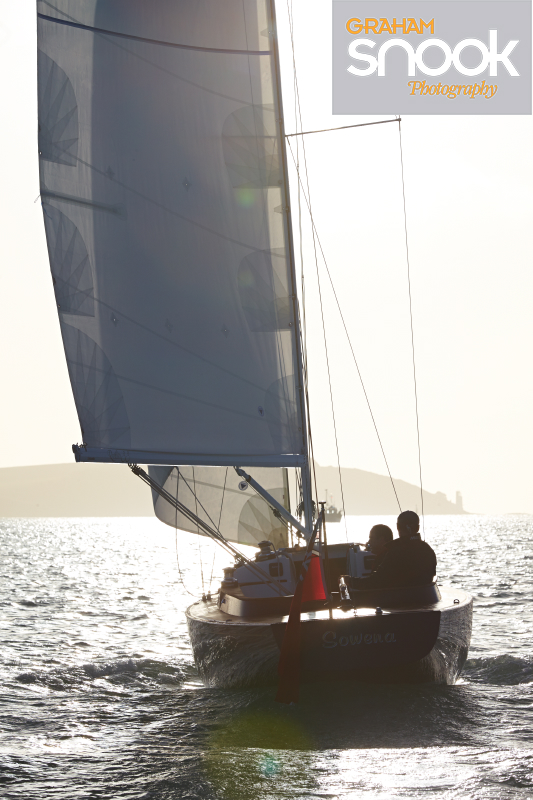
The sun is shining YAY! Well, it is at the time of writing this. After a gale-strewn winter, the warmth of the sun seems more welcome than ever before. As much as the sun is great for photography, sailing or otherwise, it also brings with it some negatives. If the sun is out while you’re out with a camera, protect yourself. A hat is good, but I find suntan lotion is better, lots of it, applied often, especially if it’s hot and I’m perspiring.
Getting sunburnt isn’t just embarrassing, it can also lead to horrible things like skin cancer. If you’re on the water the light is reflecting around all over the place, so you need to be careful. I remember motoring along on a glassy sea between the islands of Seychelles, I wasn’t needed, there was nothing to photograph, so I took the opportunity to grab a nap on the trampoline between the bows of a catamaran. I’d applied loads of lotion to the front of my torso but totally neglected my back, forgetting of course the sun would be reflected back off the water. They say “you learn by your mistakes”, and I learned from this one. Not only did I get sunburnt, but I also had the netting pattern on my back as a reminder.
Another negative of the sun is lens flare, this is caused by light shining into the barrel of the lens and reflecting off the internal elements. Sometimes this can be used to artistic effect, other times it can be distracting. At worst it can reduce the contrast (the distinction between light and dark) or lighten or discolour areas of the image like the green circle in the image below:

The easiest way to avoid flare is to keep the sun on your back when you’re shooting. But a lot of the time this isn’t possible. So what can you do? If you’re going to shoot directly into the sun, like in the photo above, the simple answer is: not a lot! It’s possible to move the lens to an angle where the lens flare will be less apparent, but shooting into the sun is usually a sure-fire way to get flare, if you have the option of not shooting into the sun then don’t. The next alternative is if you don’t have one already, buy a lens hood for every lens you have. Keep it attached and ready to go at all times – unless you have a super telephoto of course.
Often you’ll see people with cameras with the lens hood put on back to front to save space in their camera bag. All good in a camera bag, why they are walking around without their camera ready to go, I’ll never know. The extra time it takes between taking off the lens cap, and turning the lens hood around could be the difference between getting a shot and not.
Not only does the lens hood protect the lens from extraneous light, it also protects the business end from minor knocks and bumps.
But enough of reading (or writing) blogs, the sun is out, so it’s time to reduce the ISO, increase the shutter speed and get out and enjoy the big ball of fire while it lasts.
But before you go, spare a couple of minutes to see what I can do:
Keep in touch with regular updates via LinkedIn on Graham Snook Photography’s company page
Or like Graham Snook Photography on Facebook